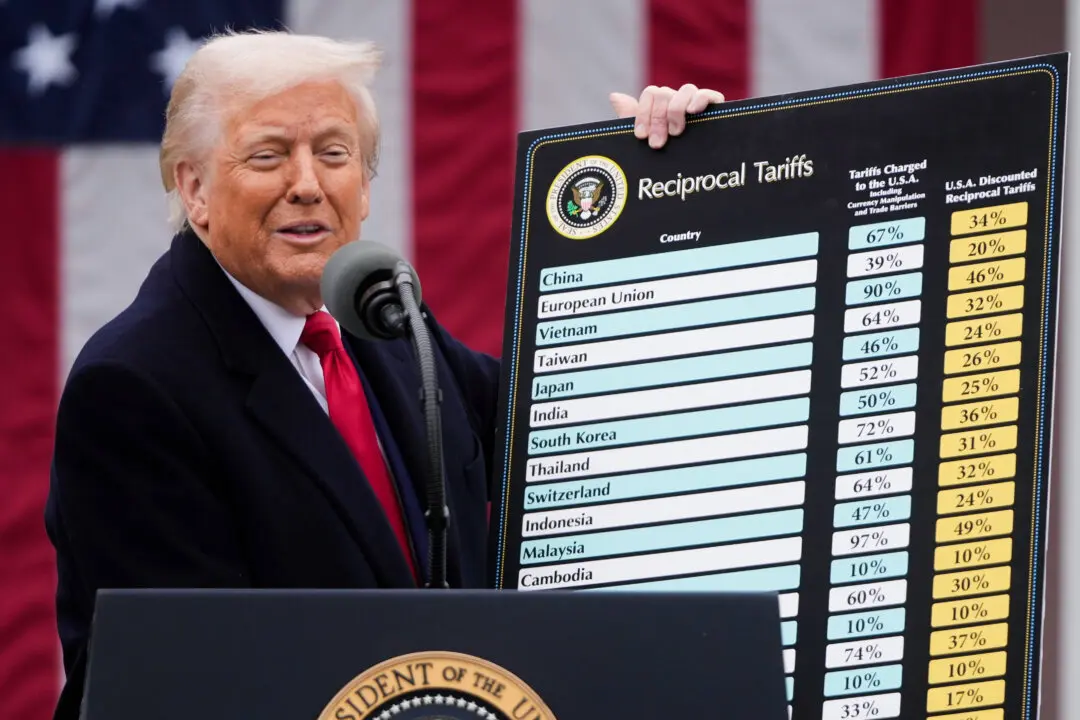The Federal Reserve’s preferred inflation metric—the personal consumption expenditure (PCE) price index—came in below expectations, further supporting the central bank’s case for loosening monetary policy and cutting interest rates as early as September.
According to the Bureau of Economic Analysis (BEA), the annual PCE price index was unchanged at 2.5 percent in July, below the consensus estimate of 2.6 percent.





